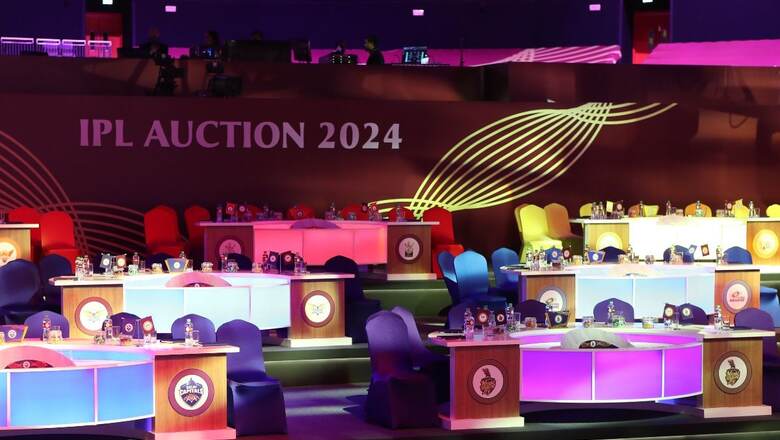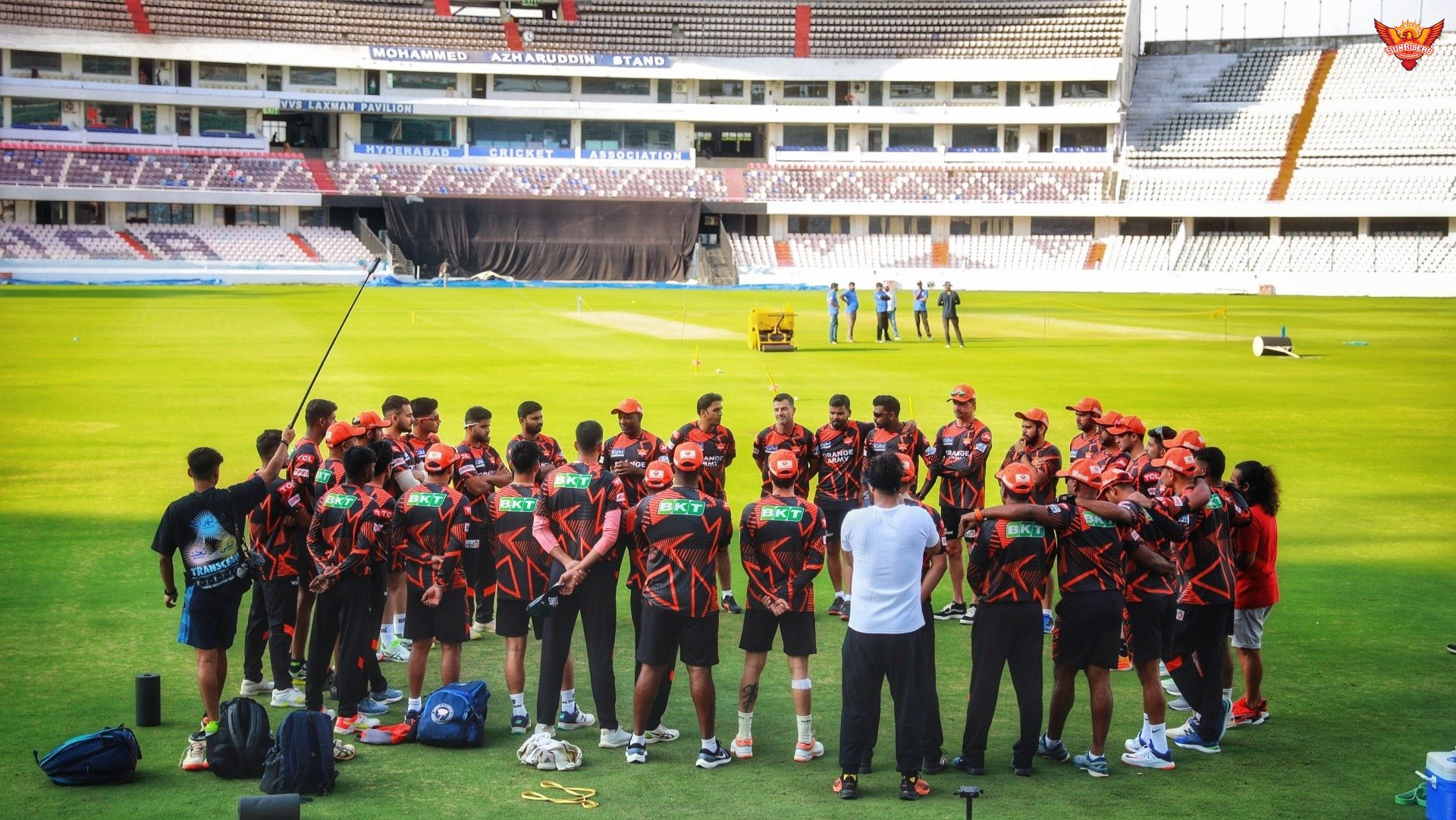
views
The chicken or the egg, what came first? This is an eternal debate. The answers and theories are hundreds in number, but no one knows the reality.
A similar debate arises around cricket scouting – what comes first – a player’s on-field performance or his statistical prowess? The curious cat would want to know the importance of data and analysis when selecting a player at the domestic level, at the international level, or at the IPL.
The answer to this debate is not as difficult as the former one.
Several scouting experts have confirmed that it is the player’s body language on the field and their performance under pressure that are some of the things they look at while assessing a player. Stats and data come later in the picture.
Scouts tend to go as deep as pre-match warm-ups and the post-match behaviour of the players.
“I used to go before the match starts. I want to see how they are approaching their warm-up and getting ready for the games. It is very important to see their body language. Because it helps you understand the players whom you are betting on,” said Vinayak Samant.

Samant, a former Ranji Trophy player for Mumbai, Assam, and Tripura, provided scouting services to Punjab Kings ahead of IPL 2022.
“Scouts go by how they play, how they approach [their game], how their fitness is. So we are watching them very closely before the match, and sometime after the game, while they are cooling down after a win or a loss, what are the routines they are following,” Samant further explained how scouts operate.
While most of the players at the IPL or national level are selected from BCCI’s domestic and age-group tournaments, several players are also unearthed from local tournaments. Franchises like the RCB opt for Hinterland scouting through which players out of BCCI’s eco-system may be unearthed.
This is where data is not available and scouts rely even more on on-field performance.
“Sometimes we are watching club games, sometimes we are watching Times Shield also. So if we find some unique talent, we tell our franchisees, our coaches that you have to see this talent, this is raw talent. But it happens very rarely.
“It also depends on the thinking and open-mindedness of coaches or the franchise. I had a chat with [Anil] Kumble sir and he asked me, ‘Apart from this bunch of guys, do you have some other talent which is very unique and will help in the future?’.
So the curiosity that remains unquenched is ‘when do statistics come into play’?
Nisarg Naik, who has been associated with multiple WPL franchises and has been recommending players since the inaugural season, answers in the simplest of manner.
“The initial focus is on a player’s on-field prowess, and as they gain more attention, their statistical data gains prominence,” Naik explained.

Ashutosh Paibhale, founder of sports analytics company Preesha Analytics Private Limited explained this in his own statistical way.
“If IPL is at 100 on a scale, a player needs to be at 40 or 50 before his data comes into play and he is analysed based on his data,” he said.
Paibhale further stated that data is of utmost importance when it comes to the IPL Auction table. He explained that while MI’s strategy to select the right kind of players and CSK’s strategy to get the best out of existing players is widely famous, a third strategy is not followed by any of the franchises.
“The third strategy is something not followed by any of the franchises. The teams should know which players to buy, and at what price. More importantly, the teams should also know which players not to buy. This is applicable for foreign players and Indian players who are playing for the national side or are on their way to get a national call,” he said.
While data and statistical analysis may not be at the forefront while scouting a player, they surely gain much more importance while strategising game plans and selecting players at auction table.
“When conducting player assessments, various factors come into play, including tactics, player matchups, and performance under pressure or in critical games like semi-finals and finals,” Naik said.
Samant pointed out several key factors for players having different roles.
“How the batters are approaching pace bowlers; a few might be more comfortable with spinners. A few batters are good hard hitters, few bowlers are bowling in the powerplay, a few bowlers are bowling after power play – there are different categories we have to look at.”
Paibhale exemplifies the use of analytics with a real-life example from the 2021 T20 World Cup semi-final wherein England defeated New Zealand.
“Devon Conway is a left-hander and general parlance would have led England to bowl an off-spinner against him. But Conway is vulnerable against deliveries coming in rather than deliveries going away from him. So England bowled Liam Livingstone (who spins both ways) against him and he was able to dismiss him as well.”
Naik summarises the debate stating that it is important to take both – on-field performance and data analytics – hand-in-hand.
“Integrating on-field skills with statistical insights provides a thorough understanding when evaluating a player’s capabilities and impact on the game. This combined approach helps in making informed decisions concerning a player’s strengths and contributions to the team.”
While the use of data analytics and statistics has seen significant growth in cricket, it is still in the nascent stage and something that can grow leaps and bounds in the future.
Paibhale believes that it is a vital business avenue going forward as franchises are yet to understand the importance of analytics.
“I think analytics is a very good business opportunity. Going forward, teams will start understanding the importance of analysts. An analyst will not become a better player than Anil Kumble, Virender Sehwag, or Sanjay Bangar. But he will be able to understand the auction dynamics better and help select a balanced squad.
“However, many teams currently are obsessed with ex-cricketers and they are given a very significant say at the auction table. I am not saying that ex-cricketers should not be a part of it. Coaches like Mahela Jayawardene or Andy Flower have done very well across different leagues. But in general, they are more useful on the field rather than at the auction table,” Paibhale concluded.




















Comments
0 comment